Nearly two years since Moscow launched its military campaign in Ukraine, the European Union (EU) has made remarkable progress in reducing its dependence on pipeline gas imports from Russia.
Experts say that would be good for the EU’s long-term energy security. But completely removing Russia from the energy equation would be much harder to achieve in a divided EU, where countries not only have very different energy needs but also very different relationships with the Kremlin.
Russian winter air burning
Europe is experiencing its second winter without Russian gas. In the first winter of 2022-2023, despite soaring energy prices, the “old continent” did not freeze thanks to relatively mild weather and emergency measures by the EU and its member states .
To cope with the shortage of Russian gas in the colder months and for the rest of 2023, the EU has been working to replenish its reserves, increase imports of liquefied natural gas (LNG), mainly from the United States, encourage consumers to cut demand and improve energy efficiency, and rely more on renewable sources such as wind and solar power.
“The European Union has made incredible progress since February 2022 in reducing its dependence on pipeline gas imports from Russia,” Akos Losz, a nonresident senior fellow at the Center on Global Energy Policy (CGEP) at Columbia University in New York, told RFE/RL.
Experts say that would be good for the EU’s long-term energy security. But completely removing Russia from the energy equation would be much harder to achieve in a divided EU, where countries not only have very different energy needs but also very different relationships with the Kremlin.
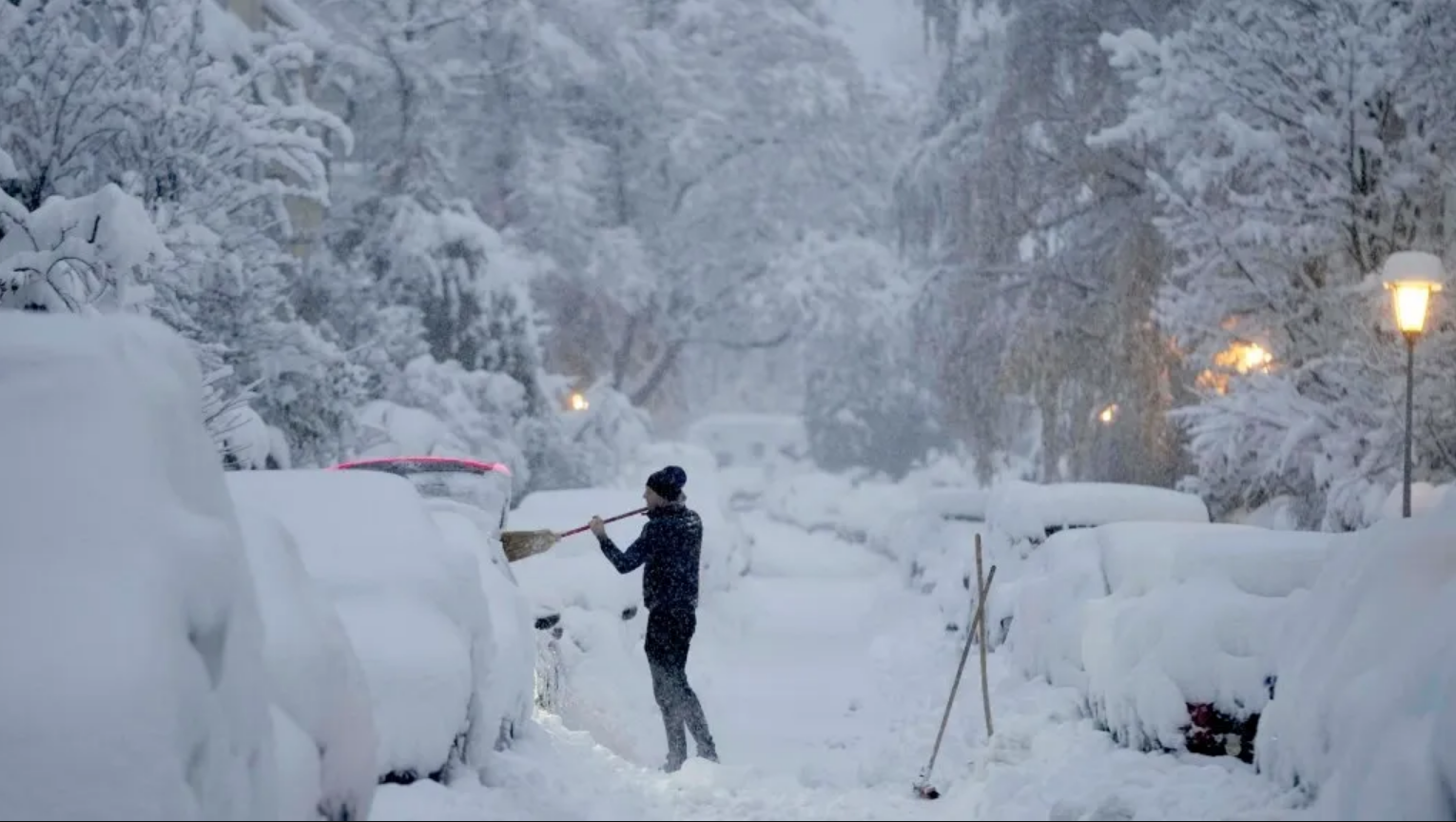
Europe is experiencing its second winter without Russian gas. Photo: BNN Breaking
Before the conflict, the EU was largely dependent on Russia for gas. Overall, Russia supplied more than 40% of the bloc’s gas imports. The exact figure varied for each member state.
For example, according to the EU's official statistics agency Eurostat, Moscow met up to 95% of Hungary's gas needs, while supplying less than 10% of Spain's gas in 2021.
However, the largest net importer of Russian gas in the EU is Germany, with 55 billion cubic metres in 2021, accounting for more than 65% of its gas imports. Berlin would have been even more dependent on Moscow's gas had the Russia-Ukraine conflict not broken out.
Just two days before Russia invaded Ukraine on February 24, 2022, the Nord Stream 2 project – which was completed and ready to go into operation – was suspended.
Like its twin Nord Stream 1, the new pipeline is being built to transport gas from Russia to Germany across the Baltic Sea and is being financed by Russian energy giant Gazprom and other European energy companies.
Before the conflict, warnings about the geopolitical risks of overreliance on Russian gas were largely ignored by the bloc, with energy “the most powerful weapon” Moscow has, said Philipp Lausberg, an analyst at the Brussels-based European Policy Centre (EPC).
Supply is gradually "shrinking"
Russian gas exports to the EU are now down by about a third from pre-conflict levels. According to Eurostat, in the third quarter of 2021, 39% of the EU’s gas came from Russia. Two years later, in the third quarter of 2023, that figure had fallen to 12%.
The decline is partly due to Russia cutting supplies in 2022 to several European customers that Moscow considers “unfriendly” and that do not meet President Vladimir Putin’s demands for payments in rubles instead of dollars or euros, including Bulgaria, Poland, Finland and the Netherlands, causing gas prices to rise to record highs.
Since 2022, three of Russia's main gas transit routes to the EU have been closed. Specifically, in May 2022, the Ukrainian gas transmission system operator GTSOU declared force majeure on the transit of Russian gas through Ukraine at the Sokhranivka gas receiving station.
GTSOU's declaration of force majeure – a clause invoked when a business encounters unforeseeable circumstances – caused gas prices in Europe to spike at the time because a third of Russian gas transiting Ukraine passes through there.

A section of the Urengoy-Pomary-Uzhgorod pipeline, Russia's main natural gas export pipeline, near Ivano-Frankivsk, western Ukraine, in 2014. Photo: Bloomberg
Also in May 2022, the Yamal-Europe pipeline, a joint Russia-Belarus-Poland project to transport gas from Russia to Poland and Germany, was shut down after Moscow halted gas flows to Poland and sanctioned the company that owns the Polish section of the pipeline. Poland currently uses its portion of the pipeline to import gas from Germany.
On August 31, 2022, Moscow stopped the flow of gas to Europe via Nord Stream 1, citing “routine maintenance.” But then, in September 2022, mysterious explosions destroyed parts of Nord Stream 1 and Nord Stream 2, rendering the pipelines inoperable. Experts concluded that the explosions were sabotage, but separate investigations have yet to find any conclusions about the culprit.
This means that Russian gas deliveries to Europe via pipelines are dwindling, and are now carried out via only two routes: The first is the TurkStream pipeline, a joint project between Gazprom and Turkey that transports gas from Russia to Türkiye under the Black Sea and then on to Central and Southeastern Europe; the second is via the Sudzha branch on Ukraine's border with Russia.
In addition, total gas consumption in the EU fell by almost 18%, as part of a bloc-wide effort to diversify energy supplies, increase energy efficiency and invest in renewable sources. The EU has committed to ending its dependence on fossil fuel imports from Russia by 2027 through the REPowerEU Plan and, the European Commission says, the bloc is on track to achieve that target.
Different levels of dependence
Russian gas supplies to Europe could fall further in the coming years, as already limited gas transit through Ukraine may not resume after December 2024. Russia’s current contract with Ukraine is set to expire, and both Kiev and Moscow have signaled that they have no plans to extend it.
While this does not automatically mean that flows through Ukraine will stop completely from January 2025, it is unlikely that flows will continue at current levels.
The Ukraine transit corridor could theoretically continue to operate under short-term agreements from 2025 onwards, said Mr Losz, an energy expert at Columbia University’s Center on Global Energy Policy (CGEP). But “this requires a basic level of trust and working relationships between the companies involved, which is currently lacking,” he said.
Stopping the remaining gas flows through Ukraine would affect several European countries that still receive Russian gas through this transit corridor. Among them is Austria, which before the conflict received nearly 80% of its gas from Russia.
Austrian energy company OMV has a long-term supply contract with Russia's Gazprom that runs until 2040, with gas transiting through Ukraine. OMV's head, Alfred Stern, told the London-based Financial Times last July that it would continue to buy Russian gas as long as Gazprom supplies it.
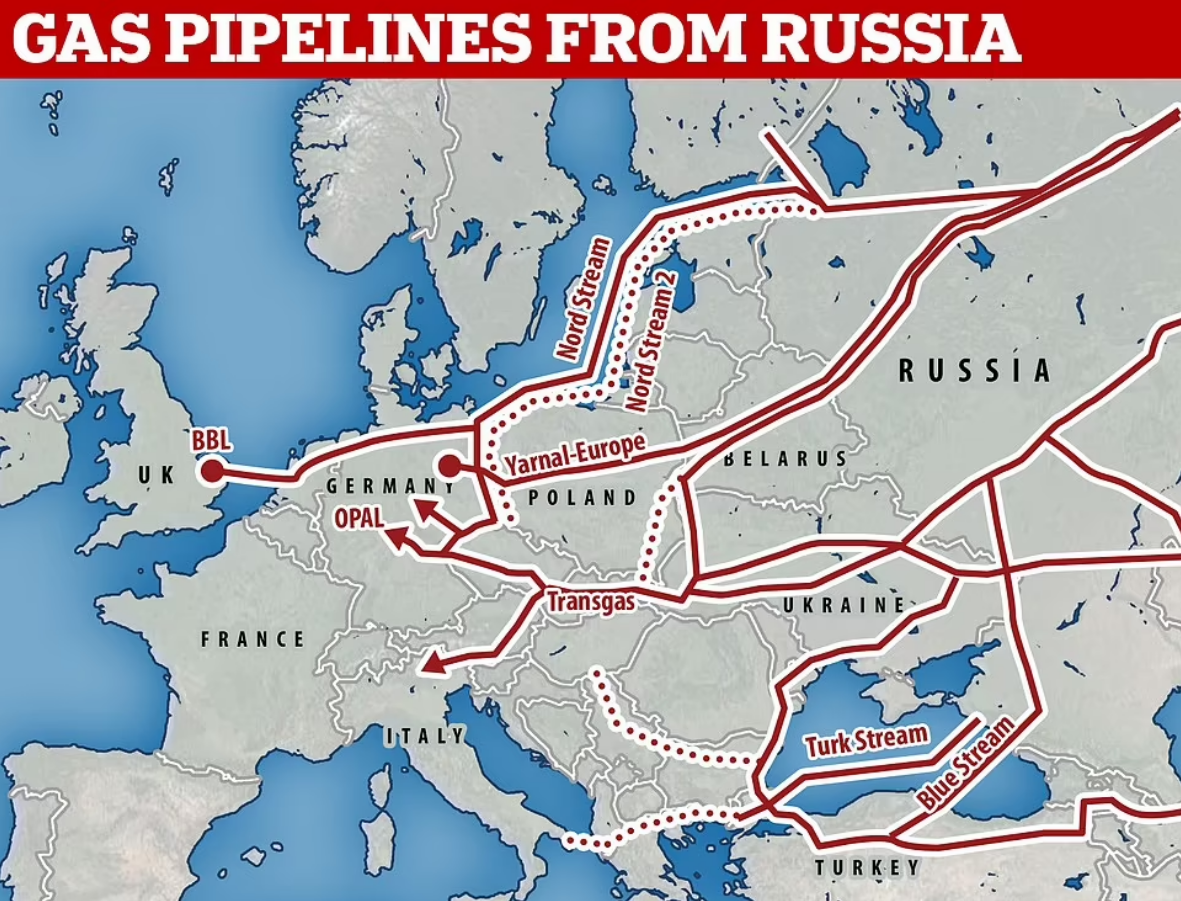
Gas pipelines from Russia to Europe. Graphic: Daily Mail
Slovakia, Italy and Croatia also receive Russian gas via pipelines that transit Ukraine under long-term contracts with Gazprom. These countries “can afford to import from other alternative sources, but at higher prices and via more complicated routes,” Mr. Losz said.
Moldova, a candidate country with which the EU has just agreed to open accession talks, could be in for a worse shock when Russian gas flows through Ukraine are abruptly halted.
While Gazprom supplies gas only to the Russian-backed breakaway region of Transdniester, Moldova buys a significant portion of its electricity from the gas-fired Cuciurgan power plant in Transdniester. A sudden interruption in gas supplies could leave much of the country without power.
In an interview with RFE/RL last October, Moldovan President Maia Sandu said her country is currently building a direct high-voltage transmission line that will import electricity from Romania and allow the country to become “completely independent.” The transmission line is expected to be completed by 2025.
Still hard to give up
Giving up Russian gas completely will not be easy for the EU and the Russian flows are expected to continue, at least for a while.
Mr Lausberg of the European Policy Centre (EPC) noted that while some countries “have significantly decoupled from Moscow in terms of energy”, others – such as Hungary, Slovakia, Austria as well as EU candidate Serbia – remain dependent on Russian gas and are not ready to give it up for both economic and political reasons.
TurkStream is a case in point. The European section of the pipeline, using new and existing infrastructure, transports gas to EU member states further afield via Bulgaria. Although Moscow halted deliveries to Bulgaria in April 2022 and Gazprom says it has not received the required payment in rubles, TurkStream continues to supply gas to Serbia, Hungary, North Macedonia, Bosnia-Herzegovina and Greece via its pipeline network.
“Some countries in Central and Eastern Europe, especially Hungary, are trying to maintain close ties with Mr Putin,” Mr Lausberg said. Budapest “is willing to rely on Russian gas imports for longer because it sees it as politically advantageous, as a tool in the game between Brussels and Moscow to use as a bargaining chip on both sides.”
Hungary, Russia's strongest ally in the EU, receives most of its gas from Russia. In 2021, Prime Minister Victor Orban's government negotiated a 15-year deal under which Gazprom will ship 4.5 billion cubic meters of gas to Hungary annually, via TurkStream and through Ukraine. In 2022, after Russia launched its campaign in Ukraine, Budapest signed a new deal with Moscow to buy additional gas from Russia.
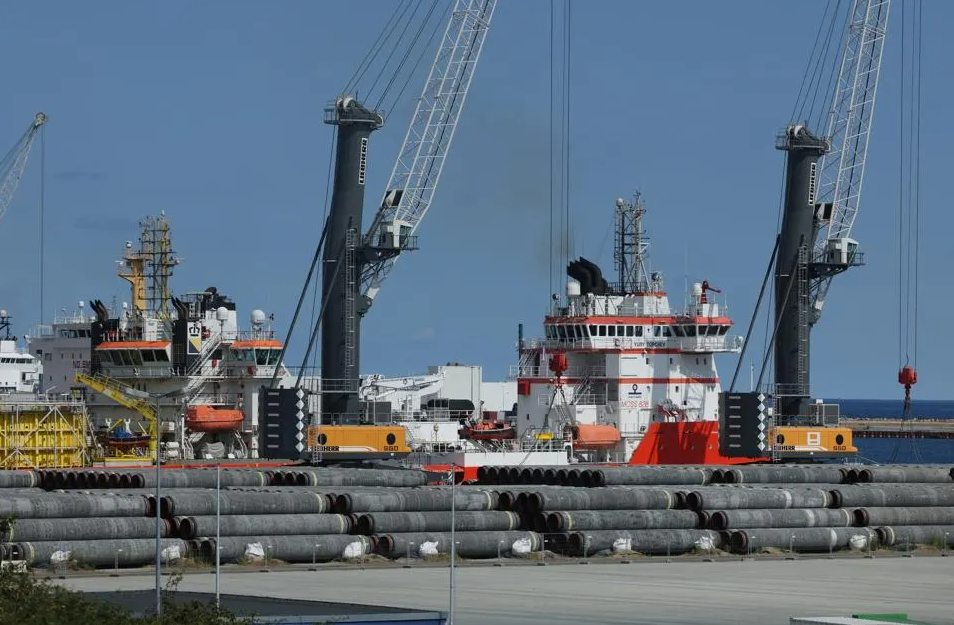
Pipelines of the Nord Stream 2 gas pipeline are stacked at the port of Mukran on Rügen Island, Sassnitz, Germany, August 2021. Photo: Getty Images
Most of the gas going to Hungary – 3.5 billion cubic metres out of a total of 4.5 billion cubic metres under a long-term contract, plus additional quantities – goes via TurkStream, with a smaller portion delivered via Ukraine.
Hungary does not appear to want to stop receiving gas anytime soon. Last October, Bulgaria imposed a tariff on Russian gas transit of 20 leva ($10.80) per megawatt hour (MWh). Sofia said it was aiming to reduce Gazprom’s profits from transiting gas through Bulgaria, thereby reducing the Kremlin’s war chest and the region’s dependence on Russia for energy.
Hungary responded by threatening to veto Bulgaria's application to join the Schengen area unless it scrapped the new transit fee on Russian gas. Bulgaria eventually relented and its parliament voted to scrap the new fee.
Belgrade also threatened to retaliate against Sofia's move, saying it was aimed at Hungary and Serbia, which also import most of their Russian gas via Bulgaria under long-term contracts with Gazprom that run until 2025.
The angry reactions are driven not only by the potential price impact but also by “the perceived risk to supply security,” Mr. Losz said. “Both Hungary and Serbia see Russian gas as fundamental to their energy security, regardless of geopolitical divisions, and they receive their gas on very favorable terms compared to the alternatives.”
“The urgency to reach zero dependence has somewhat diminished, and I believe that it will take longer than the 2027 target date in the REPowerEU Plan to completely remove Russian gas from the EU’s energy mix,” said Mr. Losz. However, he noted that the current level of dependence on Russian gas is “much more manageable” than before.
“Dependence on Russian gas is no longer the economically devastating threat to the EU that it was not so long ago,” the expert concluded .
Minh Duc (According to RFE/RL, S&P Global)
Source


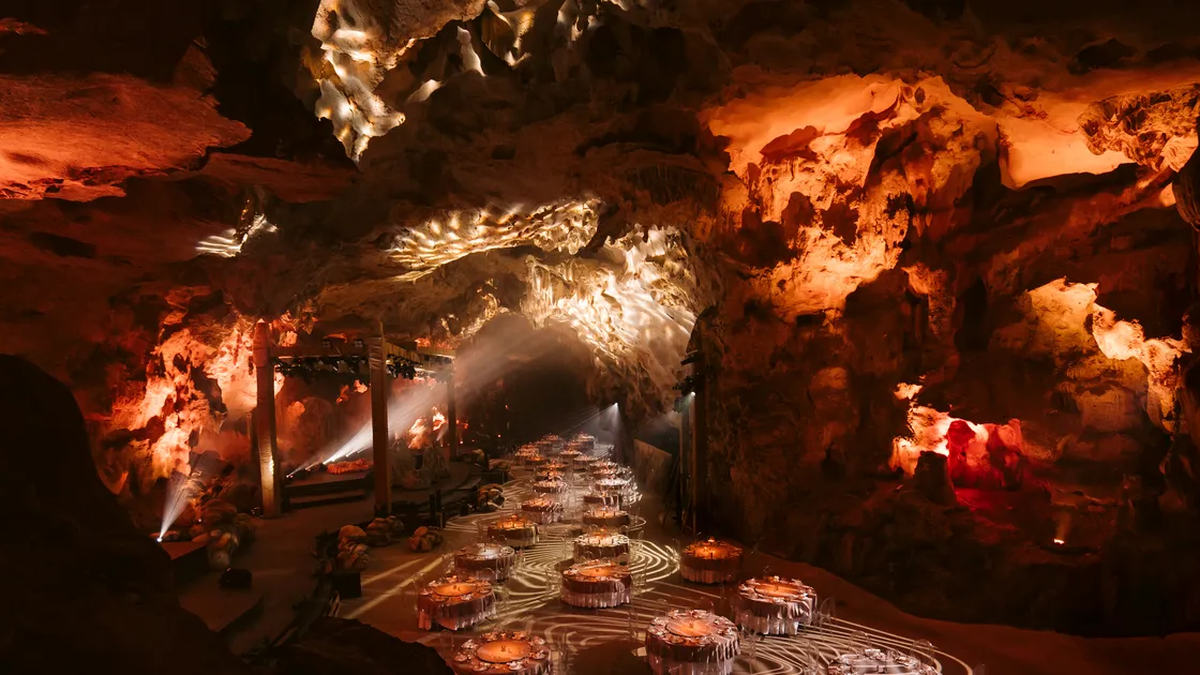
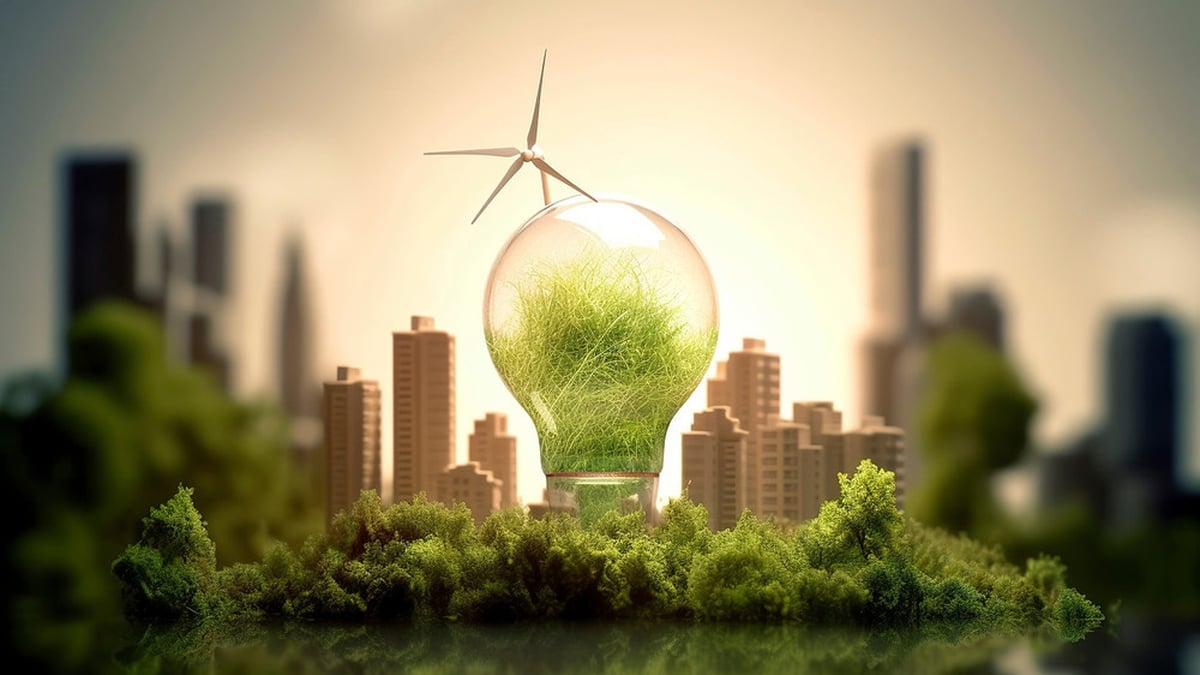


![[Video] New advances in technology for identifying martyrs' remains](https://vphoto.vietnam.vn/thumb/1200x675/vietnam/resource/IMAGE/2025/7/26/ef0db1b91ceb445badc48179e7d272a1)



![[Photo] National Assembly Chairman Tran Thanh Man receives Chairman of Morocco-Vietnam Friendship Association](https://vphoto.vietnam.vn/thumb/1200x675/vietnam/resource/IMAGE/2025/7/26/b5fb486562044db9a5e95efb6dc6a263)
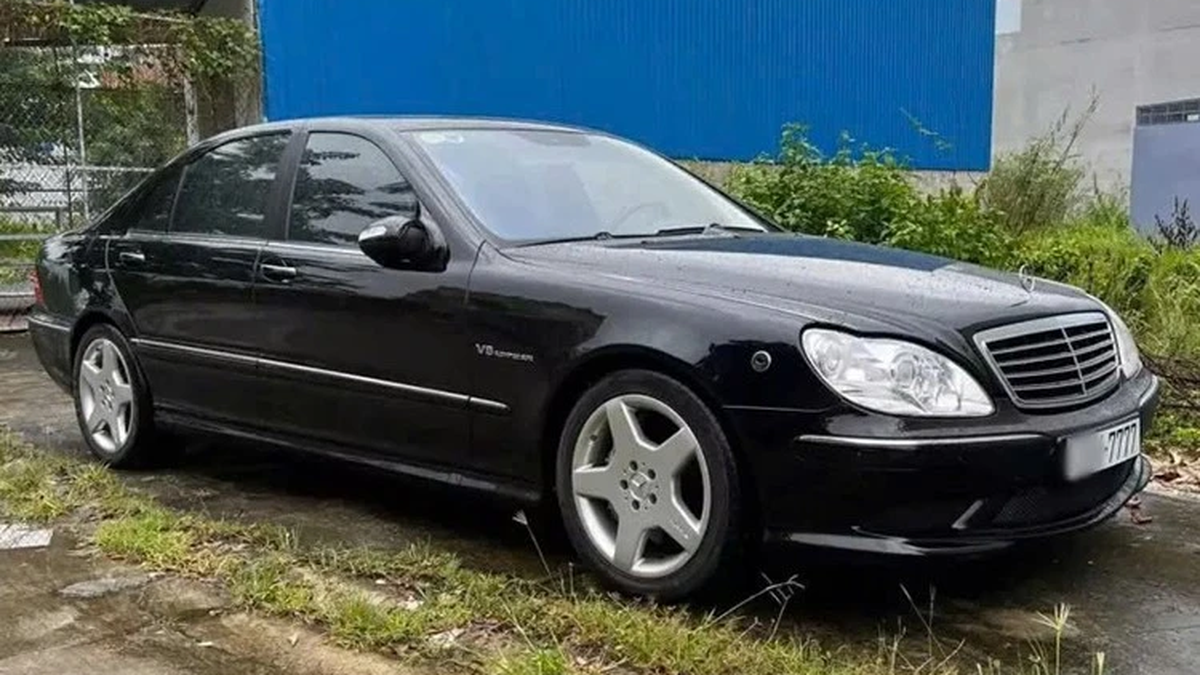










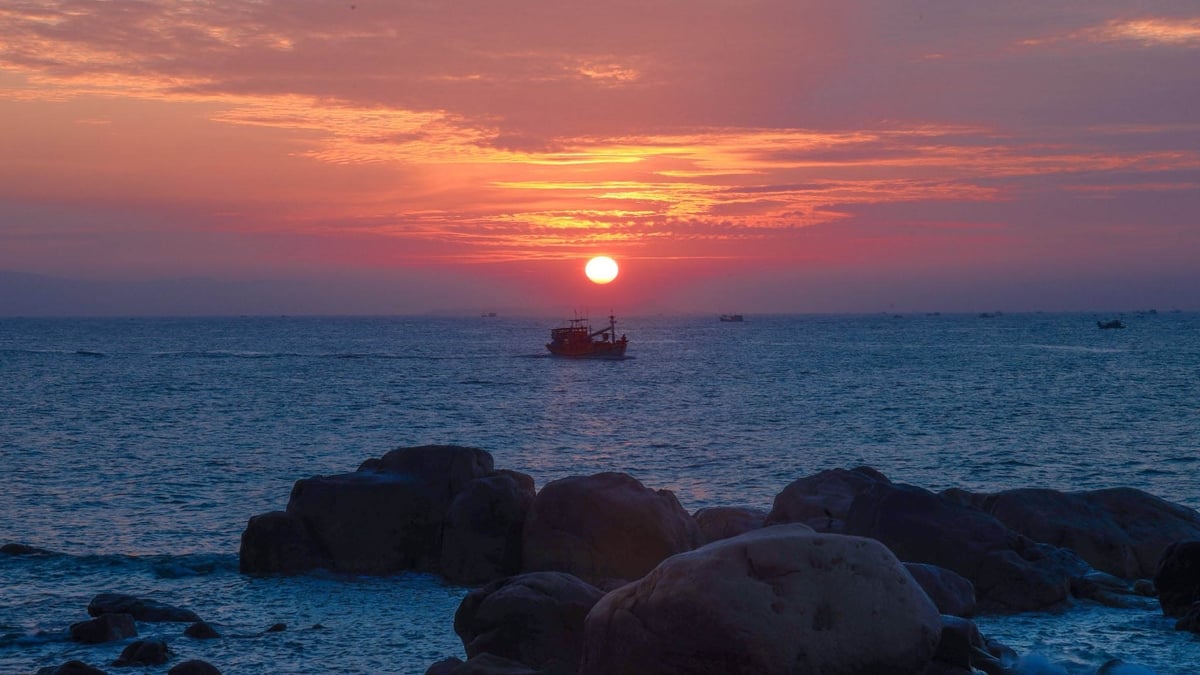
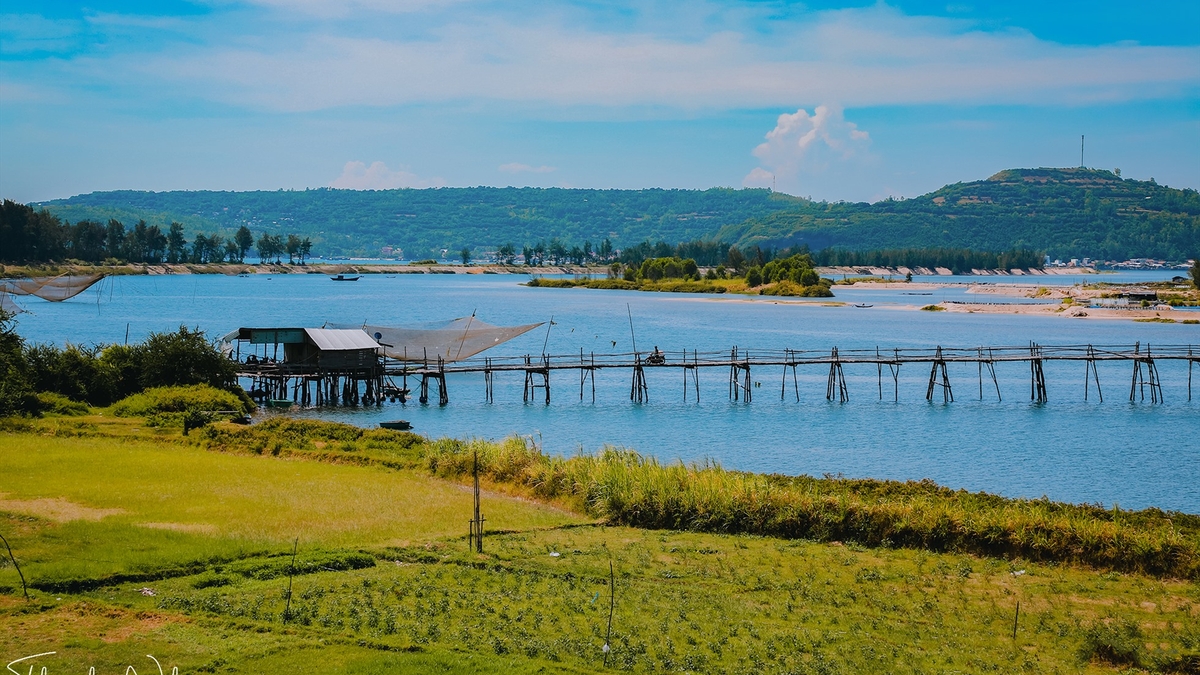
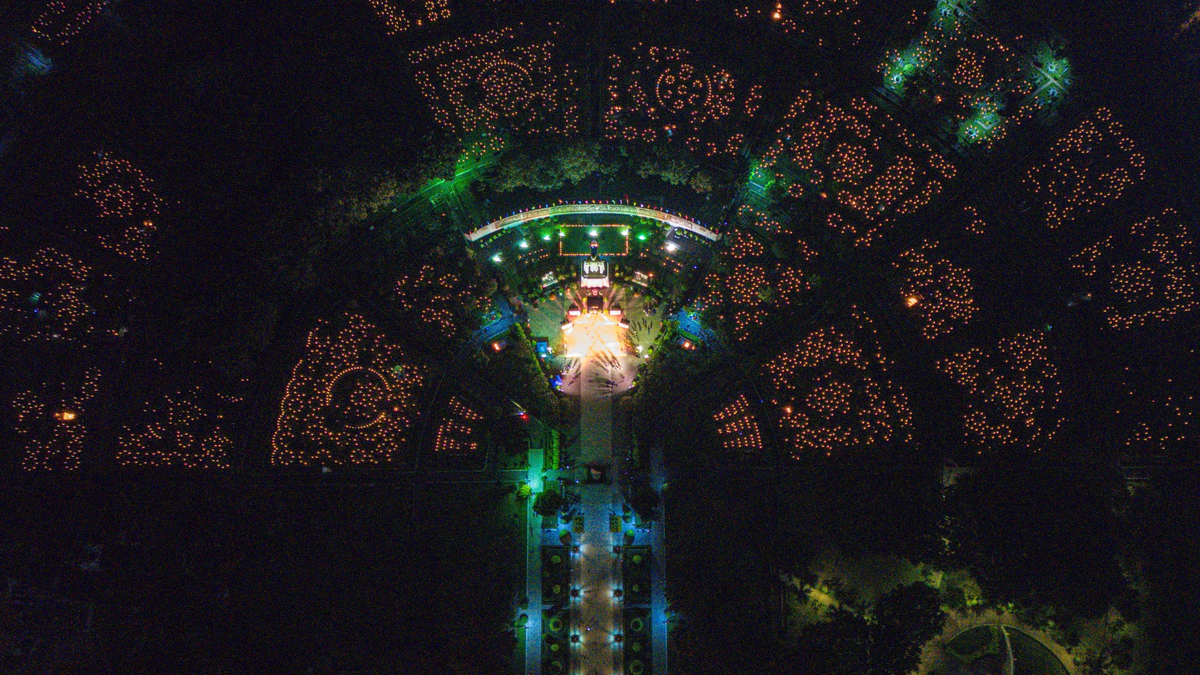
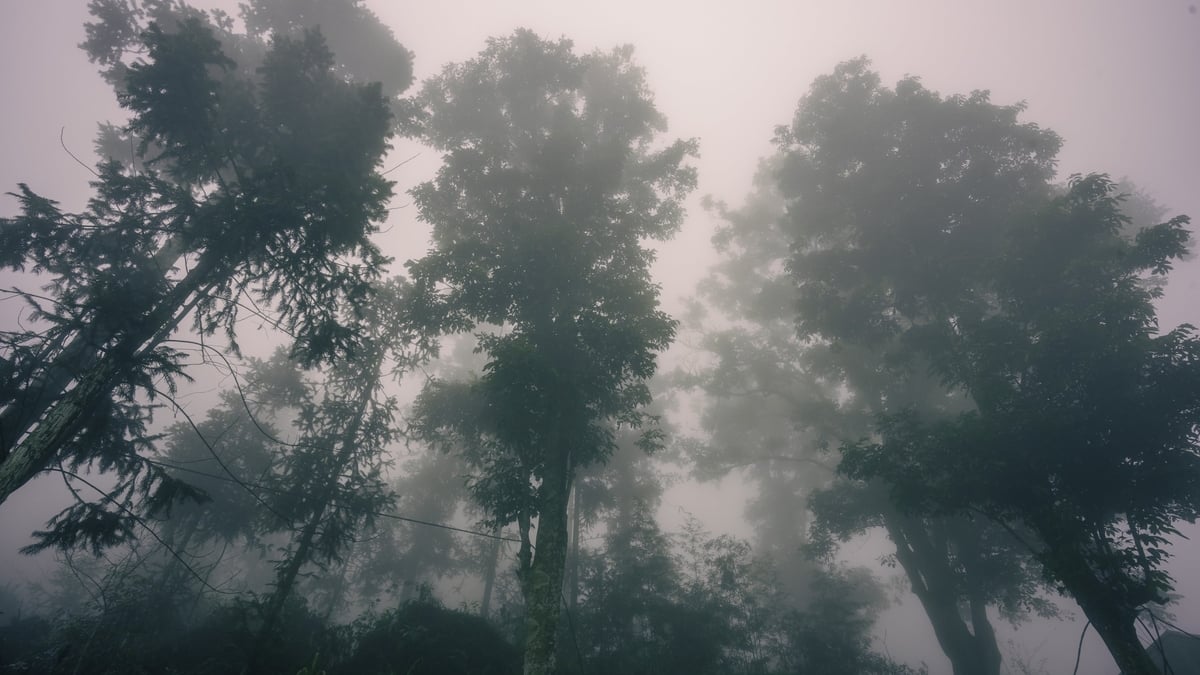


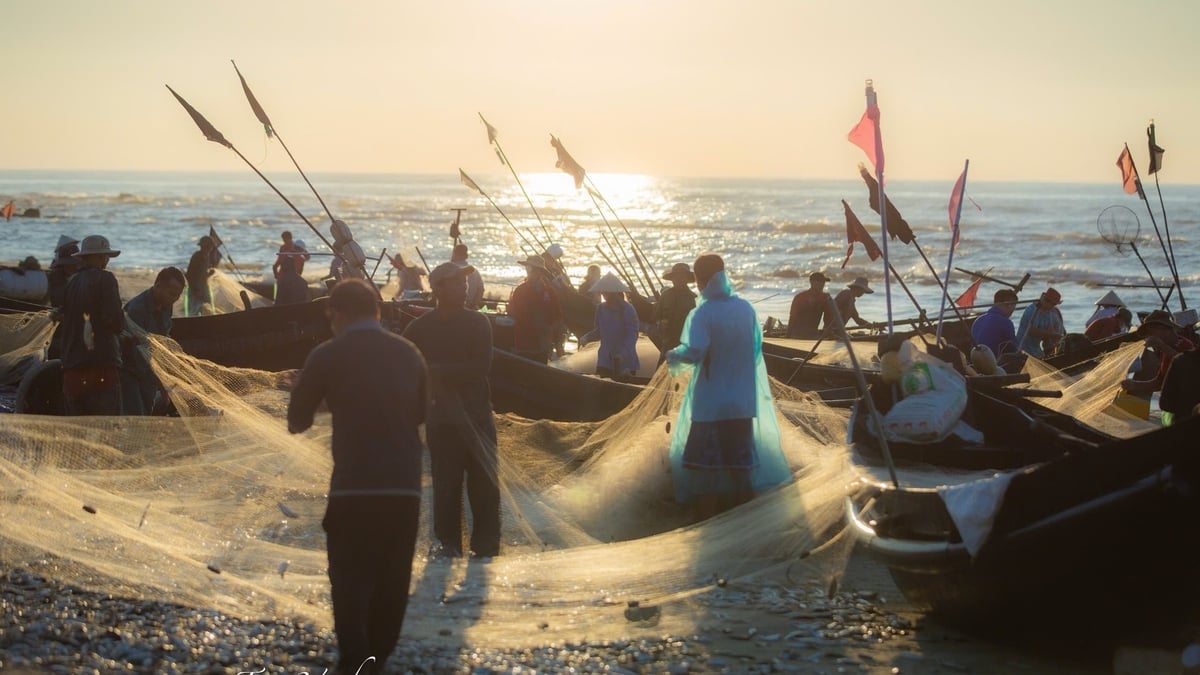












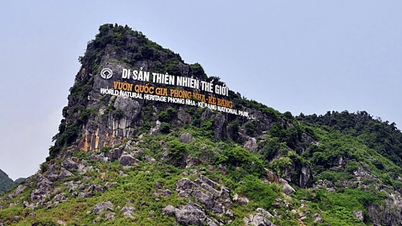


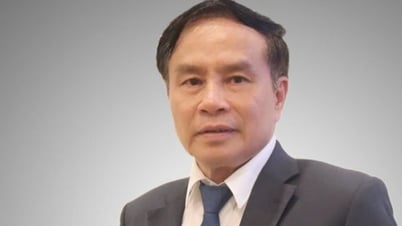












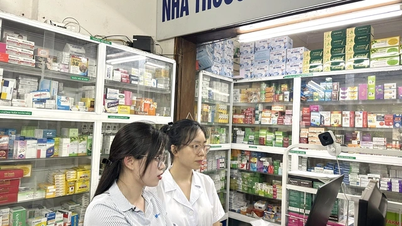
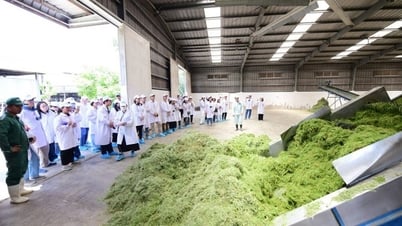

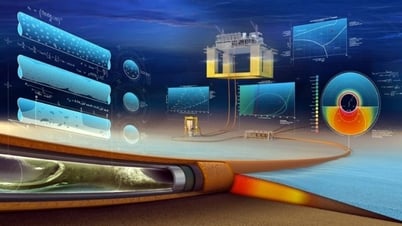

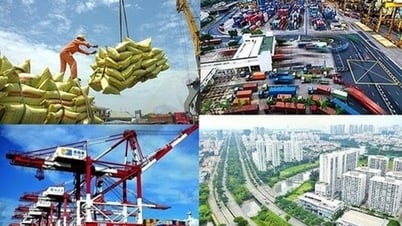




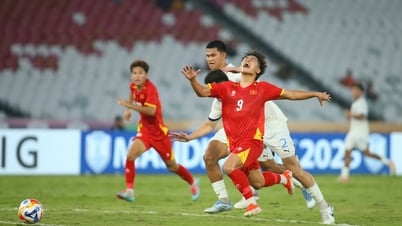



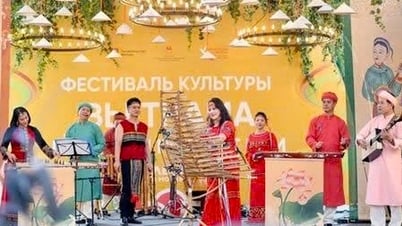























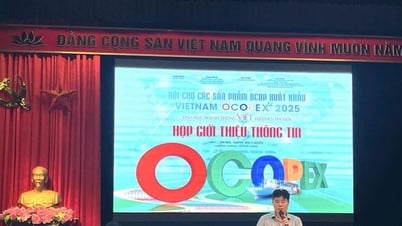






Comment (0)